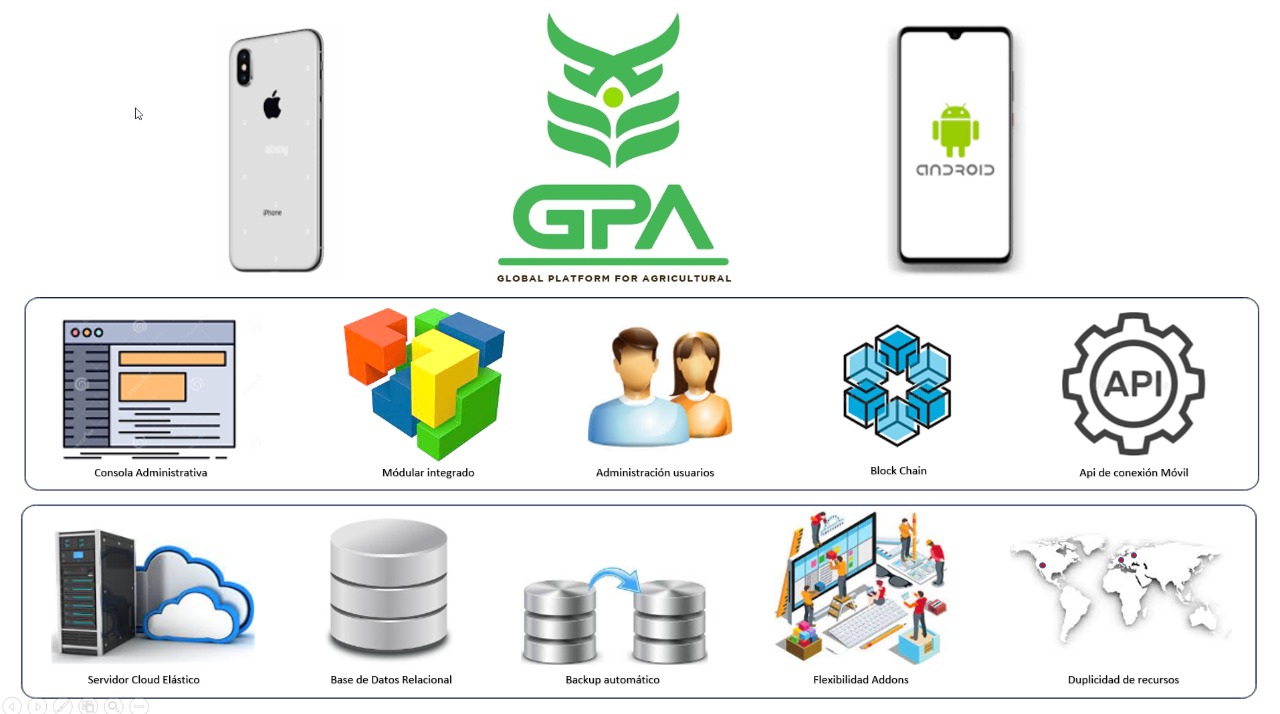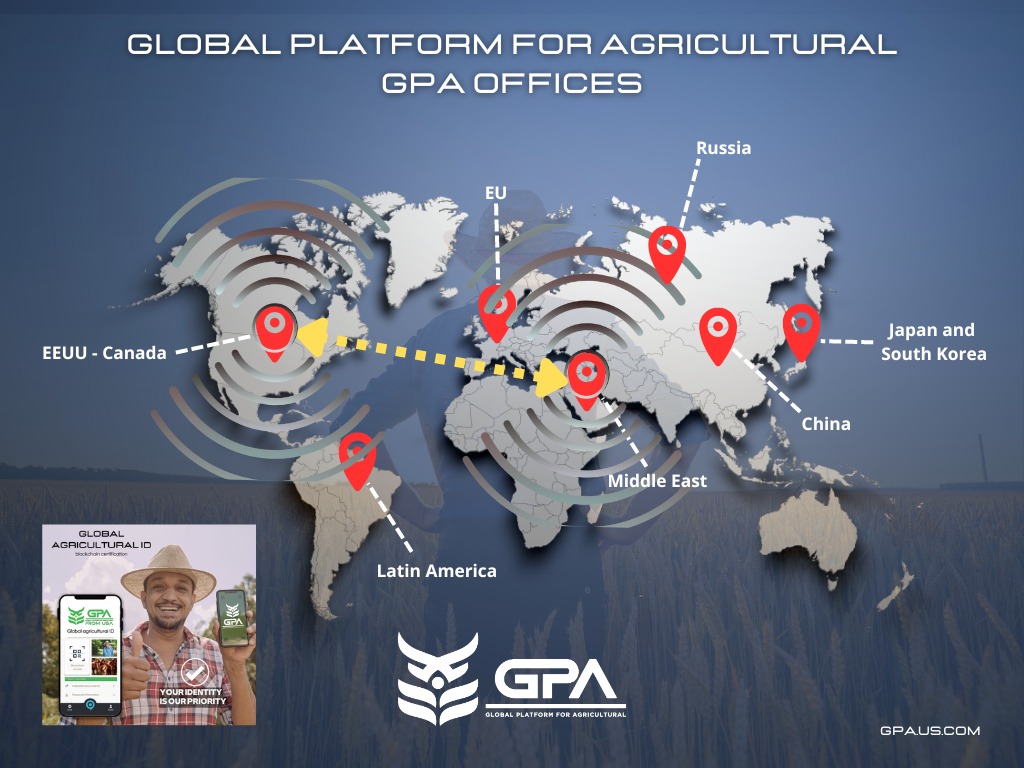The problem
The challenges posed by climate change,post-pandemic and war in the face of thereality of a possible global famine due topopulation growth, the deficient systemof global food supply and productioncoupled with the neglect of theagricultural sector, urgently requirecoordinated action by governments,institutions and the private sector toincrease the resilience of the globalsystem, focused on the producer and theprocesses of production, distribution,disposal and consumption of food; and atthe same time show transparency tosociety, with maximum safety forconsumers, creating or strengthening amore competitive food industry, while consolidating the emergence ofstandards and government support; thusovercoming inefficiency, and mostimportantly, generating confidence,creating the conditions for the agri-foodsector to evolve and transform itself forever.












